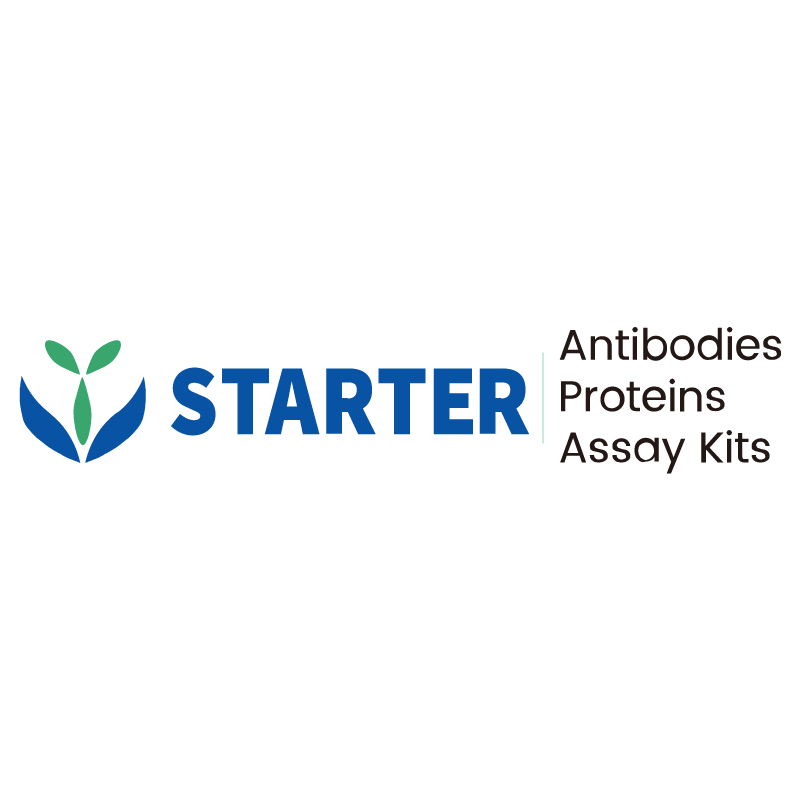Flow cytometric analysis of Neuro-2a (Mouse neuroblastoma neuroblast, Left) / RAW 264.7 (Mouse Abelson murine leukemia virus-induced tumor macrophage, Right) labelling Mouse CD14 antibody at 1/200 dilution (1 μg) / (Red) compared with a Rat IgG2a, κ isotype control (Black) and an unlabelled control (cells without incubation with primary antibody and secondary antibody) (Blue). Goat Anti - Rat IgG Alexa Fluor® 488 was used as the secondary antibody.
Negative control: Neuro-2a
Product Details
Product Details
Product Specification
| Host | Rat |
| Antigen | Mouse CD14 |
| Synonyms | Monocyte differentiation antigen CD14; Myeloid cell-specific leucine-rich glycoprotein |
| Location | Cell membrane |
| Accession | P10810 |
| Clone Number | S-R609 |
| Antibody Type | Rat mAb |
| Isotype | IgG2a,k |
| Application | FCM |
| Reactivity | Ms |
| Positive Sample | RAW 264.7 |
| Purification | Protein G |
| Concentration | 2 mg/ml |
| Conjugation | Unconjugated |
| Physical Appearance | Liquid |
| Storage Buffer | PBS pH7.4 |
| Stability & Storage | 12 months from date of receipt / reconstitution, 2 to 8 °C as supplied. |
Dilution
| application | dilution | species |
| FCM | 1:200 | Ms |
Background
CD14, also known as the LPS receptor, is a surface antigen belonging to the family of cell surface glycoproteins. It exists in two forms: membrane-bound CD14 (mCD14), which is anchored to the cell membrane via a glycosylphosphatidylinositol (GPI) tail, and soluble CD14 (sCD14), found in the plasma. CD14 is primarily expressed on monocytes, macrophages, and dendritic cells, and plays a critical role in the immune system by recognizing and binding to lipopolysaccharide (LPS) from Gram-negative bacteria, leading to cellular activation and the initiation of inflammatory responses.
Picture
Picture
FC


